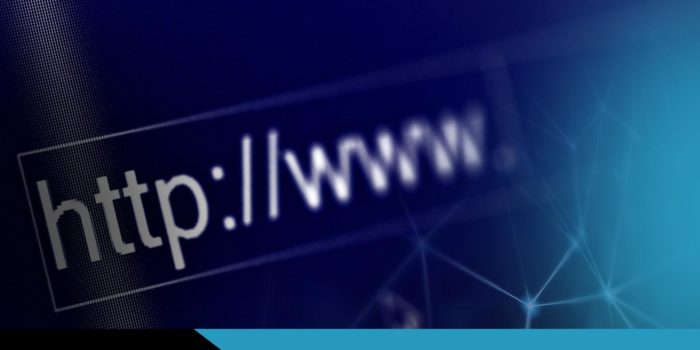DNS filtering provides advanced network configuration controls for parental controls and online safety. Additionally, it delivers protection from online threats such as phishing attacks, malware, ransomware, botnets, and more. In combination with web content categorization, DNS filtering is a powerful resource for communications providers, ISPs, MSPs, CASBs, and more.
Category mappings provide flexibility and customization of URL categorization data—delivering advanced control for web filtering, parental controls, brand safety, ad fraud prevention, as well as other applications digital advertising, and more…
In a previous blog, we explored the important differences between base domains and full path URLs. In this post, we wanted to take a step back and cover the basics—the individual structural elements of a URL (Uniform Resource Locator).
As discussed in a previous blog, DNS RPZ provides IT teams and network administrators with a “DNS configuration layer”, or rewrite module, to effectively handle DNS responses with the open source domain name system software, BIND.
Since the release of BIND 9 in 2010, RPZ has proven a powerful technology for security and network management—allowing organizations to implement an additional DNS configuration layer. In fact, BIND is the most widely used Domain Name System software on the internet—making RPZ configuration options like integrating commercial feeds, blocklists, and URL databases like zveloDB™ all the more attractive. So let’s take a moment to revisit the advantages of RPZ.



